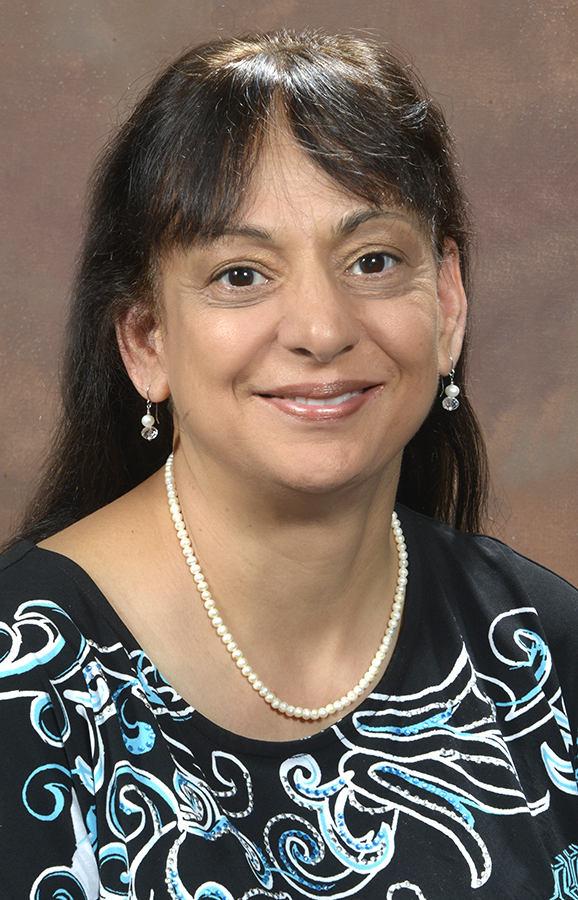
Getty Images
Using Automated Risk Scoring to Spot Pediatric Patient Deterioration
An automated risk scoring tool has helped Children’s Hospital of Georgia improve its deterioration response interventions.
In medicine, risk scoring is one of the best methods providers can use to anticipate and prepare for an adverse event. Using patient data and analytics tools, clinicians can determine the likelihood that a patient will visit the emergency room, develop a certain condition, or require surgery.
Having the ability to recognize a potential issue, identify high-risk patients, or detect gaps in care can lead to improved patient safety and outcomes down the line.
For organizations that see large numbers of medically complex patients, risk scoring methods are particularly helpful. It can be challenging for clinicians to manage the care of individuals with multiple comorbidities, higher utilization patterns, and poorer overall health, and understanding where the greatest risks lie can help providers focus their efforts.

At Children’s Hospital of Georgia, part of Augusta University Health, clinicians had a significant need for risk scoring and analytics tools.
“Over time, we’ve seen that the state of critically ill or sick patients has changed. We’re seeing more medically complex patients being admitted to the hospital,” Renuka Mehta, pediatric intensivist at Children’s Hospital of Georgia, told HealthITAnalytics. “We're also discharging patients much earlier than we did 15, 20 years ago, which is a good thing from a patient perspective.”
“But over this period, the nurse to patient ratio has not changed. Now, the nurses and physicians and respiratory therapists are caring for much sicker patients, and they may or may not have enough time to frequently reassess those patients.”
This can be especially difficult when patients experience an event like sudden cardiac arrest, which accounts for approximately three to five percent of deaths in children ages five to 19. Pediatric patients often have identifiable respiratory or cardiac deterioration prior to arrest, and early intervention is critical for survival.
To ensure these patients receive timely interventions, Children’s Hospital of Georgia implemented a pediatric early warning scoring (PEWS) system in 2012. The PEWS system is designed to help providers identify clinical deterioration a few hours before respiratory arrest, resulting in more rapid response times and improved patient safety.
Although PEWS allowed providers to focus intervention efforts on high-risk patients, the system wasn’t very efficient. Clinicians had to manually enter patient data for calculations, and variabilities in a patient’s age or development sometimes led to inaccuracies.
“It was a very helpful tool, but it was also a complex tool. It was manual and labor-intensive,” Mehta said.
“The nurses had to remember all the patient parameters, which is not always easy with pediatric patients. Our patients can be as little as one month old or even two days old, or adults who are 21 years old. Their vitals change with age, so it's not always easy for the nursing staff to remember these measurements. And on top of that, nurses would have to manually document the information in the EHR. Then they could calculate the PEW scoring.”
In 2018, the organization adopted an automated early detection and warning solution to identify clinical deterioration faster. Using a combination of patient monitoring and predictive analytics software, the system automates risk scoring and allows for timely interventions.
The tool delivers critical notifications directly to the care team’s mobile devices, and sends validated patient data directly to the EHR and the admission, discharge, and transfer (ADT) system.
“With the new system, 70 percent of the vital signs automatically go into the EHR. The nursing staff only has to go and scan the patient's armband. It takes much less time,” Mehta said.
“Since implementing the system, we have seen an approximately 75 percent decrease in PEWS inaccuracies on our pediatric medicine floor, and a 100 percent decrease on our pediatric surgical floor. We have also noticed an 80 percent increase in rapid response team interventions.”
Children’s Hospital of Georgia has implemented the solution in several care areas, allowing for improved monitoring and tracking of patients’ risk levels.
“This system is being used in the non-monitored or partially monitored environment, where we have sick patients but not critically ill patients. Every patient admitted to the pediatric medicine and surgical floors, as well as the epilepsy unit and the sleep center, get this automatic PEWS scoring every four hours,” Mehta said.
“If the algorithm suggests that a patient may be higher risk, then that patient’s PEWS scoring is calculated earlier – about every three hours. But if it shows that their risk is very high, then providers will call for immediate help, which would be the rapid response team and pediatric evaluation team.”
With the automated risk scoring system, Children’s Hospital of Georgia has optimized critical care interventions and given providers more time to spend with their patients.
“The new system is less of a burden on nursing staff, so it’s been a positive change,” Mehta said.
“We’ve seen clinical improvement, and overall improvements in patient care. It’s saved time related to documentation, and our rapid response teams can act much earlier.”







